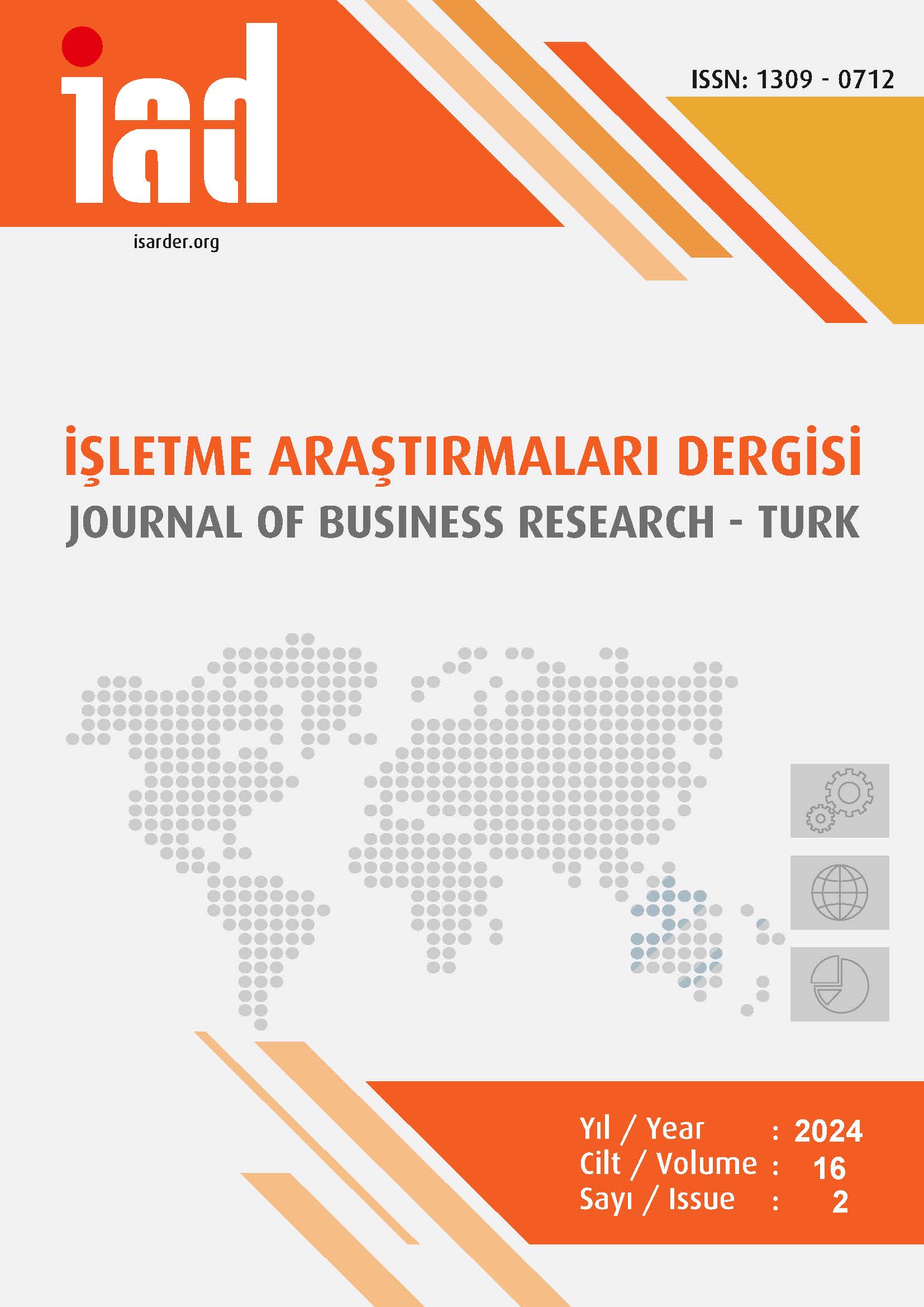Evaluation of the Impact of E-service Quality and Customer Satisfaction on Customer Behavior in the Context of the Generation Z
DOI:
https://doi.org/10.20491/isarder.2024.1836Keywords:
E-service quality, Customer satisfactionAbstract
Purpose- To advance our understanding about the important dimensions of e-service quality that have an impact on customer satisfaction, customer trust and customer behavior, in the context of Generation Z. Design/methodology/approach-Data obtained from an online survey conducted with 449 potential online consumers in Generation Z in Turkey was tested using structural equation modelling. The expressions of the variables used in the survey were prepared based on the scales developed by Blut at all. (2015). In the E-Service Quality Hierarchical Model used in the research, four dimensions are defined to measure e-service quality: website design, customer service, security/privacy and. Findings- Analysis results show that three dimensions, namely; website design, security/privacy and fulfillment affect the overall e-service quality. It has been observed that customer services, which is considered as the fourth dimension in the structural model, is not significantly related to general e-service quality, but it is statistically significantly related to customer behavior. Discussion- In order to ensure customer satisfaction in Generation Z, e-commerce businesses serving in Turkey need to focus on the dimensions that affect the overall e-service quality, take steps to increase quality, and present a multifaceted approach that balances technology and human interaction.
Downloads
Published
How to Cite
Issue
Section
License

This work is licensed under a Creative Commons Attribution-NoDerivatives 4.0 International License.





